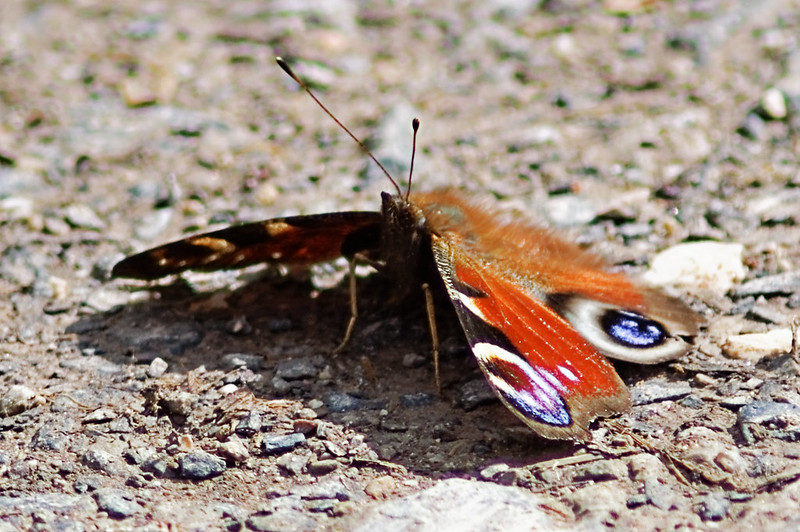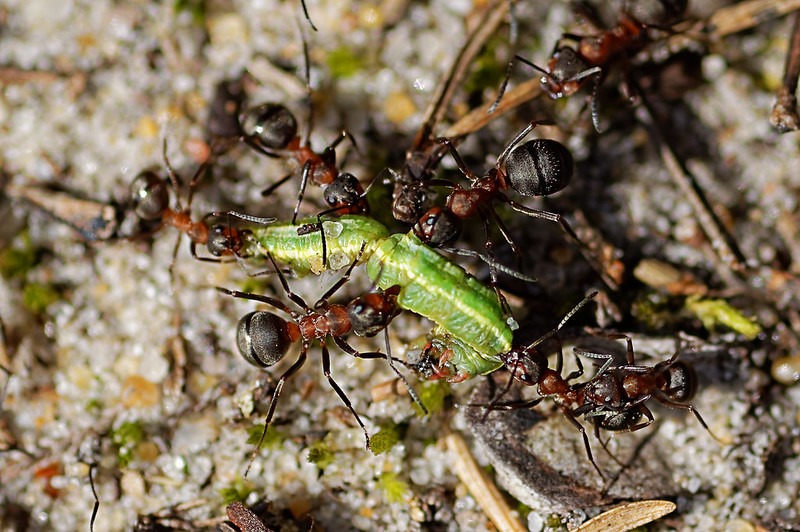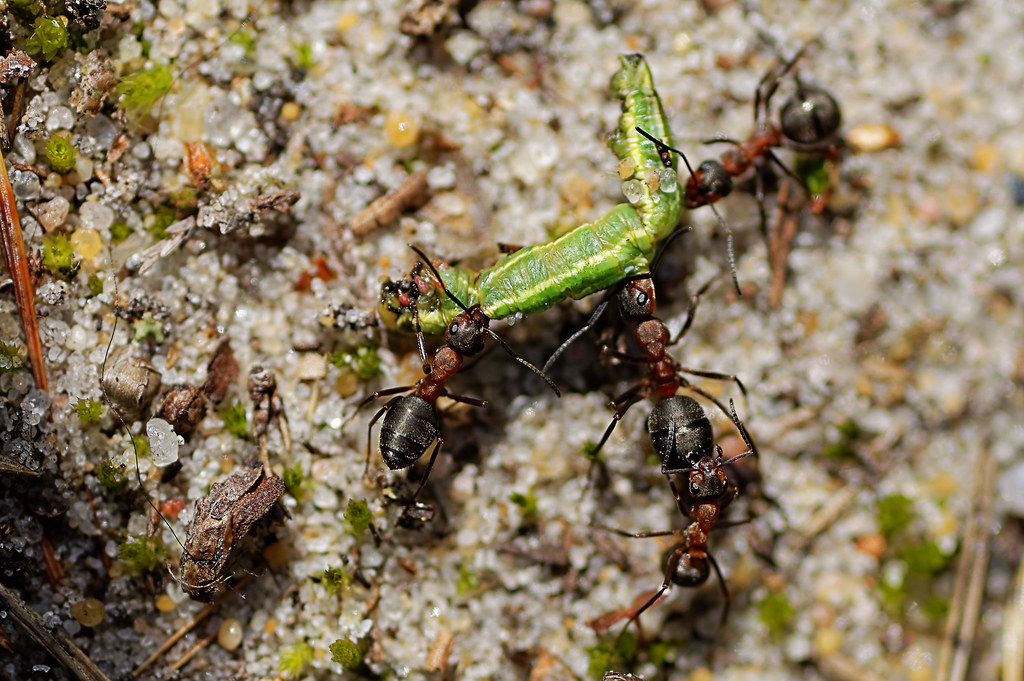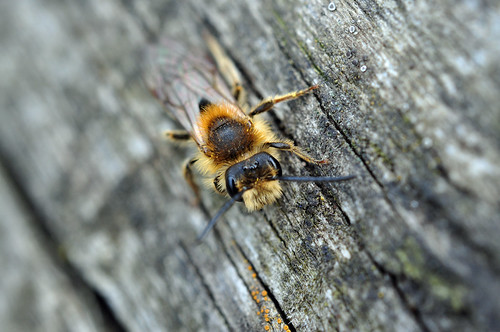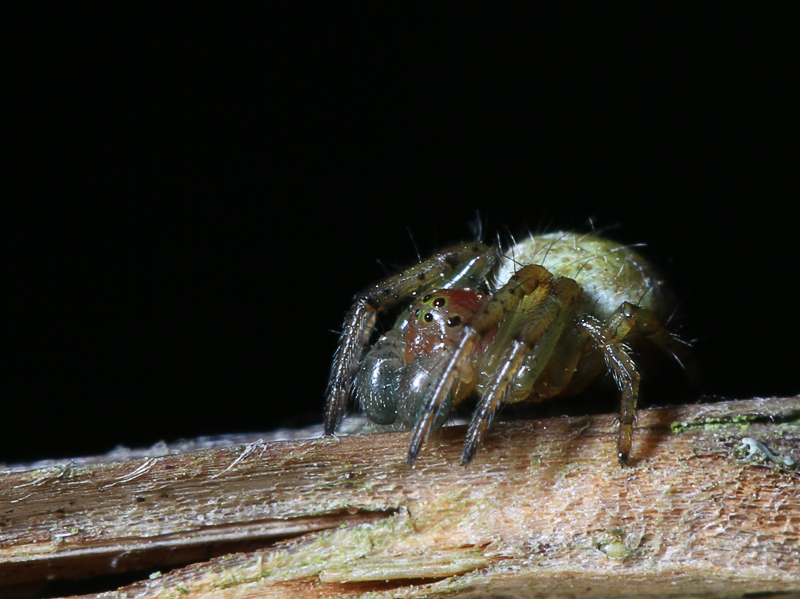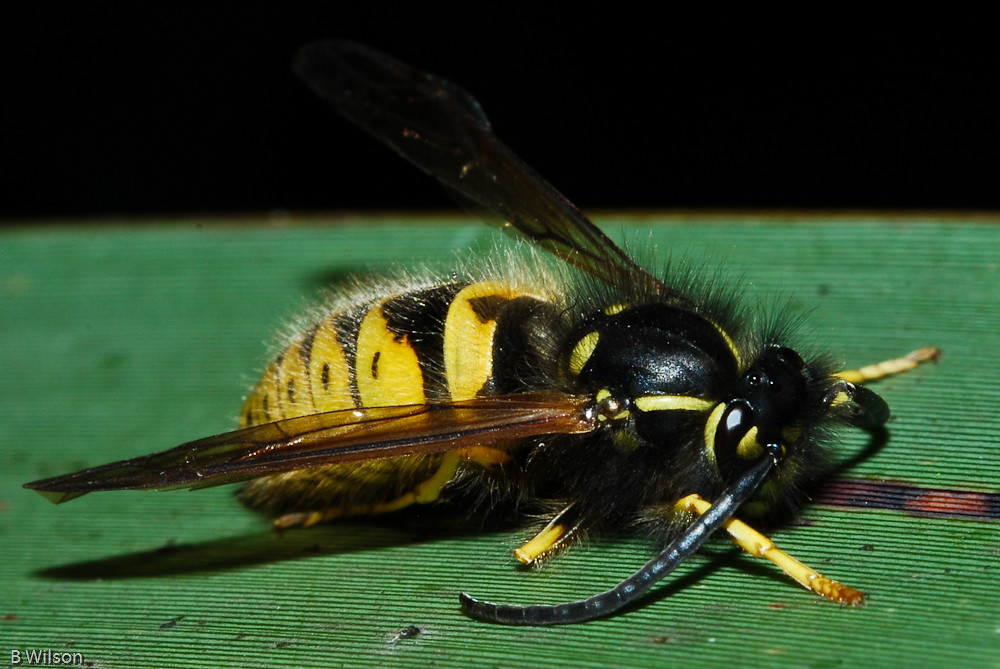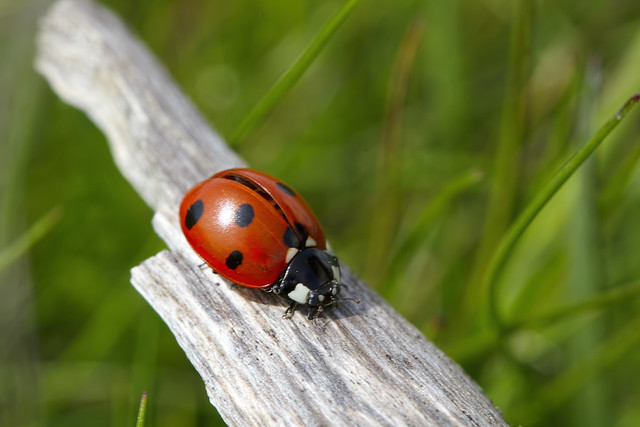Macro Photo thread
Discussion
Oooooh, picked up the 40mm micro from a guy on another forum for a nice price.
Had a quick play last night when I got my hands on it.
I'm very impressed.
Took a shot of my wedding ring and the detail it displays is pretty amazing, every little scratch and mark on it.
Very impressed. Just need to find some bugs now.
Had a quick play last night when I got my hands on it.
I'm very impressed.
Took a shot of my wedding ring and the detail it displays is pretty amazing, every little scratch and mark on it.
Very impressed. Just need to find some bugs now.
Been busy this year and ha
ven't been out photographing much. Had a largely fruitless walk about with the macro lens today, i wonder if any resident bee experts can tell me what kind of bee(s) i have here. The one of the single bee was the chap on the bottom in the other pics
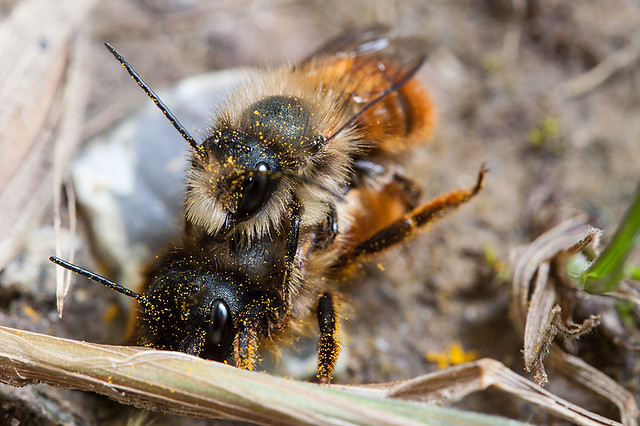
IMG_0643 by jimmyb156, on Flickr
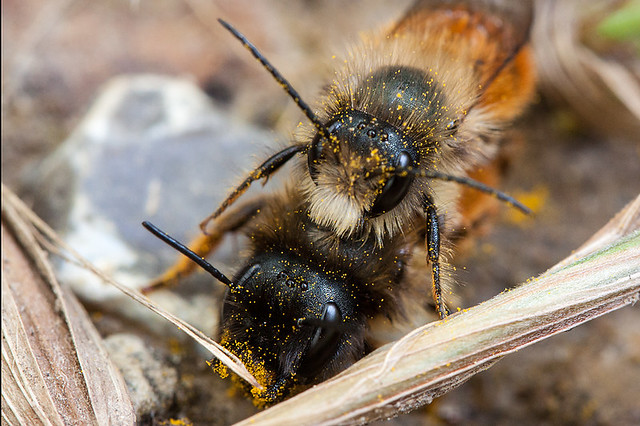
IMG_0647 by jimmyb156, on Flickr
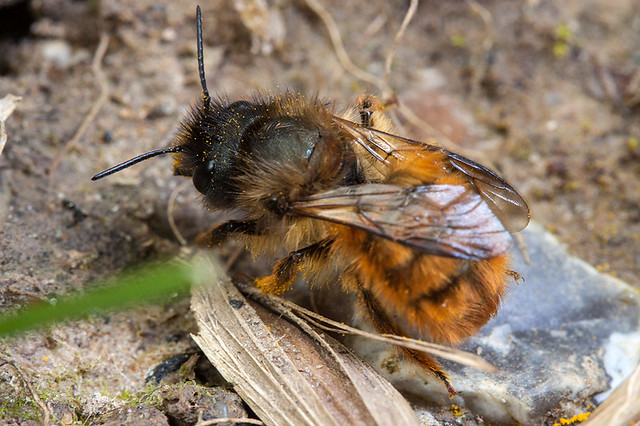
IMG_0652 by jimmyb156, on Flickr
ven't been out photographing much. Had a largely fruitless walk about with the macro lens today, i wonder if any resident bee experts can tell me what kind of bee(s) i have here. The one of the single bee was the chap on the bottom in the other pics

IMG_0643 by jimmyb156, on Flickr

IMG_0647 by jimmyb156, on Flickr

IMG_0652 by jimmyb156, on Flickr
jimmy156 said:
Been busy this year and ha
ven't been out photographing much. Had a largely fruitless walk about with the macro lens today, i wonder if any resident bee experts can tell me what kind of bee(s) i have here. The one of the single bee was the chap on the bottom in the other pics

IMG_0643 by jimmyb156, on Flickr

IMG_0647 by jimmyb156, on Flickr

IMG_0652 by jimmyb156, on Flickr
This is the Red Mason Bee - Osmia bicornis (old name Osmia rufa). The smaller one with the white moustache is the male. The female has small "horns" at the front of her head (bicornis=two horns); just visible in bottom shot.ven't been out photographing much. Had a largely fruitless walk about with the macro lens today, i wonder if any resident bee experts can tell me what kind of bee(s) i have here. The one of the single bee was the chap on the bottom in the other pics

IMG_0643 by jimmyb156, on Flickr

IMG_0647 by jimmyb156, on Flickr

IMG_0652 by jimmyb156, on Flickr
Ed_P said:
This is the Red Mason Bee - Osmia bicornis (old name Osmia rufa). The smaller one with the white moustache is the male. The female has small "horns" at the front of her head (bicornis=two horns); just visible in bottom shot.
Ed are you just keen on entomology or do you do it some professional capacity as well?RobbieKB said:
Ed_P said:
This is the Red Mason Bee - Osmia bicornis (old name Osmia rufa). The smaller one with the white moustache is the male. The female has small "horns" at the front of her head (bicornis=two horns); just visible in bottom shot.
Ed are you just keen on entomology or do you do it some professional capacity as well?Ed_P said:
The Moose said:
I don't know, but I guess when you say focus stacked you mean multiple images with slightly different focal points that the software then combines together?
How do you make sure you get enough shots of something with enough focal points to make a full 'in focus' image...especially of something alive?!
Well, your first supposition is correct. That's exactly the technique. The second question is a little more difficult to answer fully, but I'll outline my technique. Firstly, choice of subject. It has to be something that isn't going to move during the process. Lots of focus-stacked images are of prepared (dead!) specimens in the studio. I do mine in "the field". Good time to find quiescent specimens is in the cool early(ish) morning or evening. I think that the bee-fly in the shot had just emerged from pupation and was "drying off". Insects usually stay still during this process. Knowing how many shots to take is just a matter of practice. I spend inordinate amounts of time doing this. I decided that for a bug this size and with my lens at about 1:1, I'd use F8. That would give a reasonable DoF. With the lens on manual focus (the MP-E doesn't offer auto-focus anyway), I steadied the camera and focussed on the tip of the proboscis and took shot 1. Then moved the camera forward fractionally (about third way up the proboscis) and took shot 2. Continued until I'd got past the head. I typically do 5-10 shots.How do you make sure you get enough shots of something with enough focal points to make a full 'in focus' image...especially of something alive?!
When possible, I use a beanbag to support the camera. With this bug, I also took a series at F11 as "insurance". The bug was still in the same place when I went back several hours later! To get good outcomes, the focus in all the shots need to "overlap". I can't give you any formula for ensuring this; just practice with something inanimate. Any slight rotation or other lateral camera movement during the stacking can be handled by the software which aligns everything before stacking the images. Hope that helps!
How often do you get to near the end of a series and find the little bugger has moved?!
The Moose said:
Thanks very much for your really interesting reply. So you start x mm from the subject, get your settings sorted with a relatively shallow dof (relatively speaking!) and then move forward a couple of mm so you're now (say) x-2mm from the subject. Then rinse and repeat? I guess as it's just moving forward a tad each time you can do this relatively quickly once you've got the technique sorted.
How often do you get to near the end of a series and find the little bugger has moved?!
Yes, that's right. Obviously I'm not measuring the forward movement with handheld stacks, but I would imagine that each movement is well less than 1mm. As far as the subjects moving or flying off before completion of the stack; its happens the vast majority of times. In fact, most things bugger off before you get within several feet of them!How often do you get to near the end of a series and find the little bugger has moved?!
First bug of the year for me  Anybody know what it is please? ETA - Mayfly I think!
Anybody know what it is please? ETA - Mayfly I think!
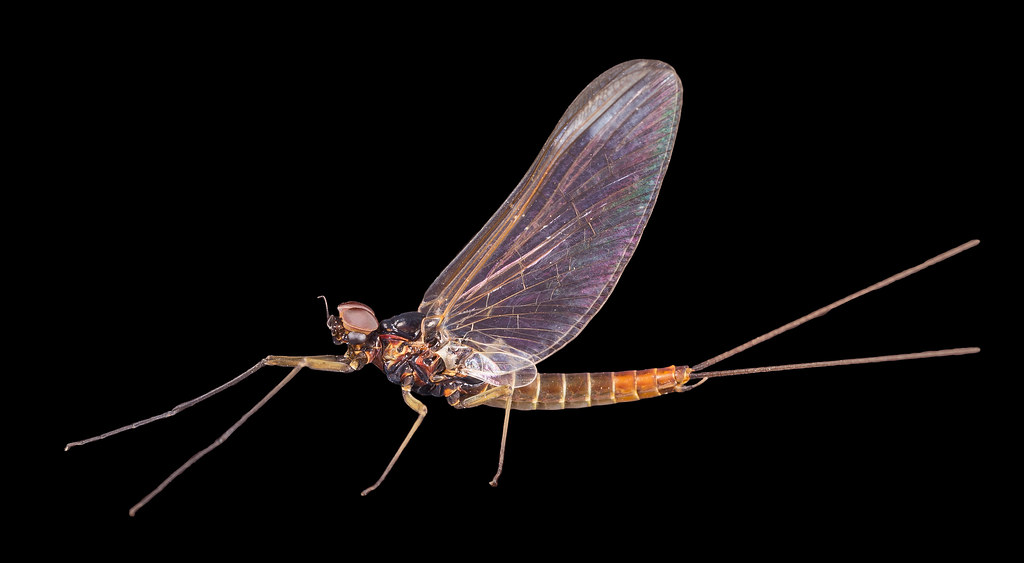
UFO - ID anybody please? by Dibbly Dobbler, on Flickr
 Anybody know what it is please? ETA - Mayfly I think!
Anybody know what it is please? ETA - Mayfly I think!
UFO - ID anybody please? by Dibbly Dobbler, on Flickr
Edited by DibblyDobbler on Saturday 19th April 16:20
Quite a variety out this morning. If anyone is able to identify some of these I'd appreciate it, so I can correct the name/description?

Insect Bug of Some sort by ddarno, on Flickr
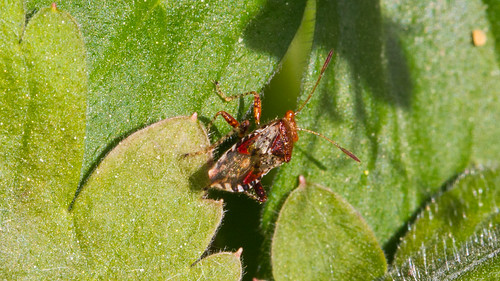
Insect Bug of Some sort by ddarno, on Flickr
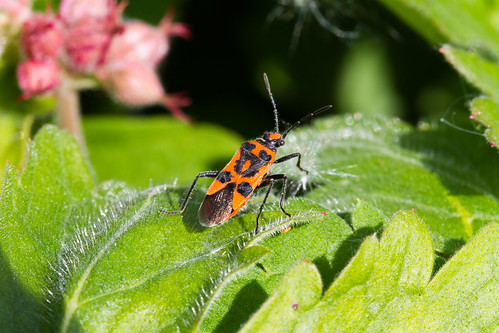
Insect Bug of Some sort by ddarno, on Flickr
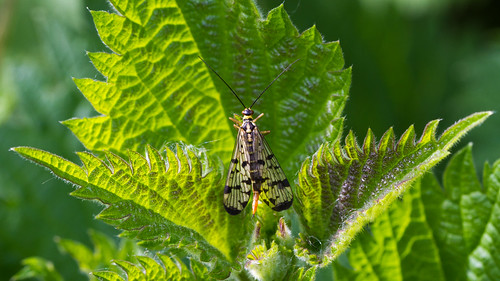
Insect Bug of Some sort by ddarno, on Flickr

Insect Shield Bug by ddarno, on Flickr
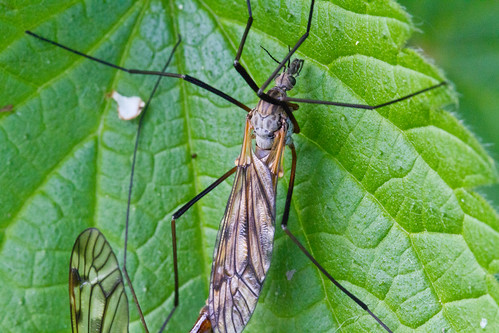
Insect Bug of Some sort by ddarno, on Flickr

Hover Fly by ddarno, on Flickr
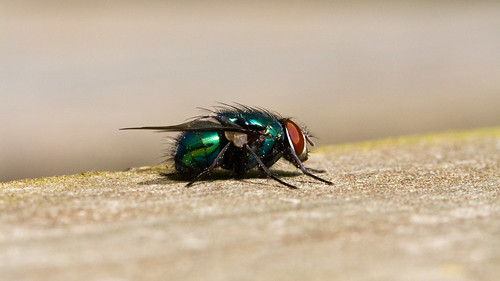
Fly by ddarno, on Flickr

Hover Fly by ddarno, on Flickr

Insect Bug of Some sort by ddarno, on Flickr

Insect Bug of Some sort by ddarno, on Flickr

Insect Bug of Some sort by ddarno, on Flickr

Insect Bug of Some sort by ddarno, on Flickr

Insect Shield Bug by ddarno, on Flickr

Insect Bug of Some sort by ddarno, on Flickr

Hover Fly by ddarno, on Flickr

Fly by ddarno, on Flickr

Hover Fly by ddarno, on Flickr
Gassing Station | Photography & Video | Top of Page | What's New | My Stuff



